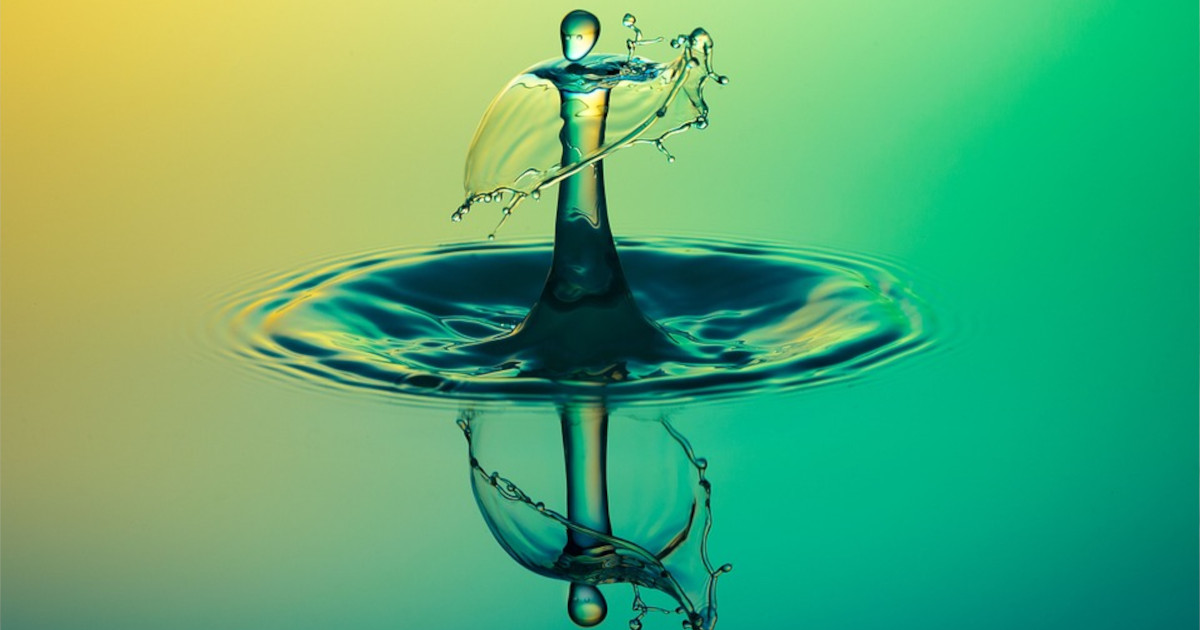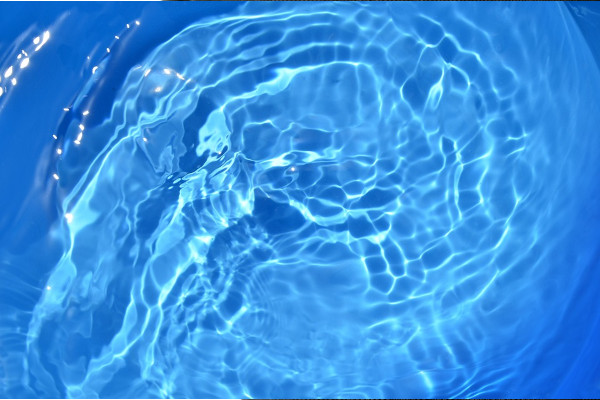Featured Information

Bottled water companies utilize various water treatment systems to ensure the safety and quality of their products. The specific treatment methods employed depend on the characteristics of the source water and the desired type of bottled water. Let’s explore some commonly used water treatment systems and how they work:
Filtration
Filtration is a fundamental water treatment process that removes particles and impurities by passing water through a physical barrier or media. Bottled water companies may use different types of filters, such as sediment filters, activated carbon filters, or multimedia filters. Sediment filters remove larger particles like sediment and debris, while activated carbon filters adsorb organic compounds, chlorine, and certain chemicals. Multimedia filters consist of multiple layers of different media to remove various contaminants. Filtration helps improve the clarity, taste, and odor of the water.
Reverse Osmosis (RO)
Reverse osmosis is a process that uses a semipermeable membrane to separate impurities from water. It is effective in removing dissolved solids, such as minerals, salts, and some chemicals. In an RO system, water is forced through the membrane under pressure, allowing water molecules to pass through while rejecting larger molecules and ions. The purified water is collected, and the rejected impurities are flushed away. Reverse osmosis is commonly used in the production of purified and demineralized bottled water.
Ultraviolet (UV) Disinfection
Ultraviolet disinfection utilizes UV light to destroy or inactivate microorganisms present in the water. UV systems typically consist of a UV lamp that emits UV-C light at a specific wavelength. When water passes through the UV chamber, the UV light disrupts the genetic material of microorganisms, preventing their ability to reproduce and causing their deactivation. UV disinfection is effective against bacteria, viruses, and protozoa without introducing any chemicals into the water.
Ozonation
Ozonation involves the use of ozone, a powerful oxidizing agent, to disinfect and treat water. Ozone is generated by passing oxygen through a corona discharge or UV light, converting it into ozone gas. The ozone is then dissolved in water, where it reacts with microorganisms and organic compounds, effectively destroying them. Ozone disinfection is highly effective against a wide range of pathogens and provides residual disinfection properties. It also helps in reducing odor and improving the taste of the water.
Chlorination
Chlorination is a widely used method for disinfecting water. It involves the addition of chlorine, typically in the form of chlorine gas, sodium hypochlorite, or calcium hypochlorite, to the water. Chlorine effectively kills bacteria, viruses, and other microorganisms by disrupting their cellular structures and functions. It also provides residual disinfection to prevent microbial regrowth during storage and distribution. Bottled water companies carefully control the dosage of chlorine to maintain the desired disinfection levels while minimizing any potential taste or odor issues.
Carbon Filtration
Carbon filtration involves the use of activated carbon or charcoal to remove organic compounds, chemicals, and some odors and tastes from the water. Activated carbon has a high surface area and adsorptive properties, allowing it to attract and trap contaminants as water passes through the filter. This process helps improve the taste and odor of the water by reducing chlorine, volatile organic compounds (VOCs), and other chemical substances.
Distillation
Distillation is a process that involves boiling water and collecting the resulting steam, which is then condensed back into liquid form. Distillation effectively removes impurities, including minerals, heavy metals, bacteria, and some chemicals, by separating them from the water during the evaporation-condensation process. Distillation produces purified water with a high level of purity, but it may also remove beneficial minerals present in the water.
Ion Exchange
Ion exchange is a process used to remove specific minerals or contaminants from water by exchanging ions in the water with ions on a resin bed. This process is commonly used to soften water by removing calcium and magnesium ions responsible for water hardness. Ion exchange can also be used to remove specific metals, such as lead or arsenic, by selectively exchanging them with less harmful ions on the resin bed.
It’s important to note that bottled water companies may employ multiple treatment methods in combination to achieve the desired water quality. The selection of treatment systems depends on factors such as the quality of the source water, regulatory requirements, and the type of bottled water being produced. These treatment processes are carefully designed to ensure the safety, purity, and desirable characteristics of the bottled water that consumers purchase.


